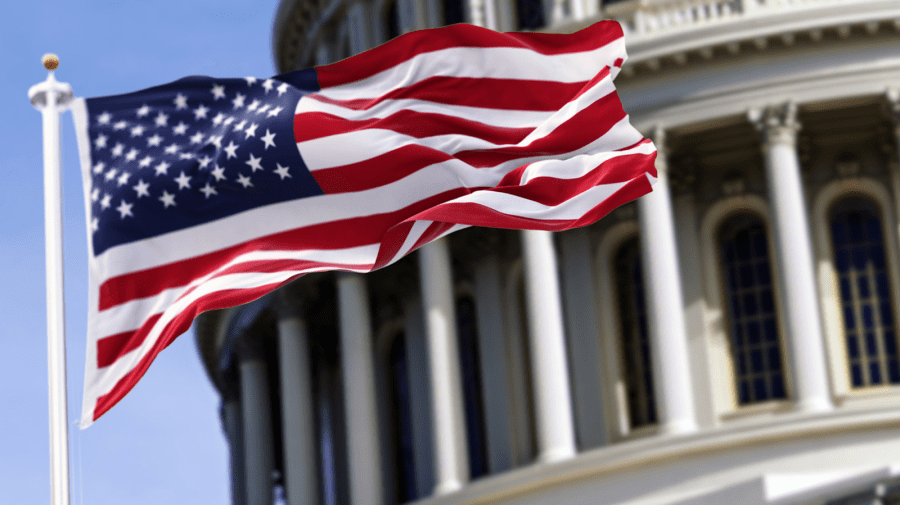
The American flag is a point of pride and patriotism; when citizens recite the “Pledge of Allegiance”, they are truly swearing loyalty to their country and all that it stands for. Because the flag is so highly regarded, it should be no surprise that there are proper ways to display a flag across the country.
This post will briefly explore the legend of the first American flag and its symbolism. Then, we will unpack some of the traditions behind the very act of displaying the flag. Can other flags be flown at the same height as the American flag? When should the flag be flown at half staff, and should one really be burned if it hits the ground? Let’s find out!
The History of the American Flag Is Not Entirely Clear
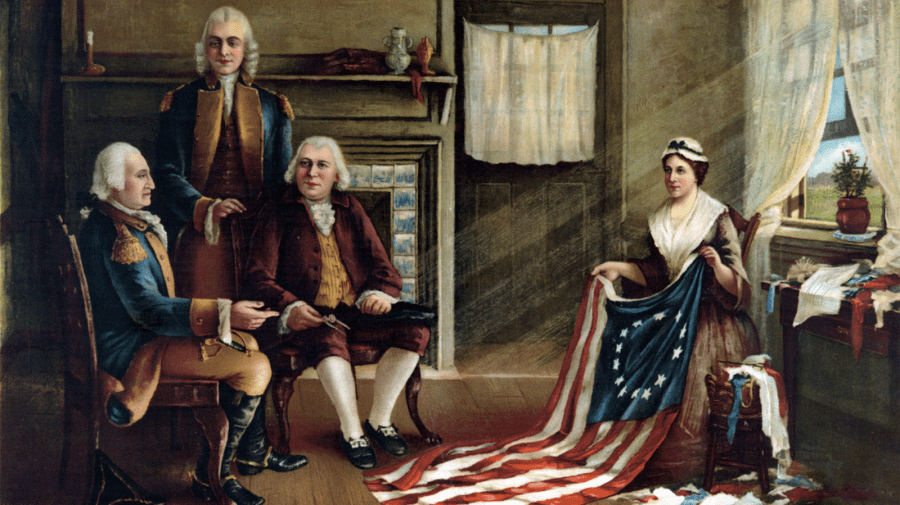
While there is an origin story behind the first American flag that is taught in many history classes, it’s not entirely confirmed. However, many historians believe that the flag was designed by Congressman Francis Hopkinson and sewn by seamstress Betsy Ross. Her grandson, William Canby, recounted a story that she told him about meeting in June 1776 with three men: General George Washington, financier of the Revolutionary War Robert Morris, and Colonel George Ross. She allegedly saw an initial design of a flag with 13 red and white stripes and 13 six-pointed stars. Ross was reportedly contracted to make the flag. However, she made some revisions to the design, stitching the 13 stars in a circle and putting five points on each star instead of six. Congress then adopted this design as America’s flag on June 14, 1777.
The 13 horizontal stripes on the flag (seven red and six white stripes) represent the original 13 colonies while fifty white stars represent the 50 states of America. The colors of the flag also represent qualities that America holds dear. The white on the flag represents purity and innocence, while red signifies hardiness and valor. Blue represents vigilance, perseverance, and justice.
Rules on handling and displaying the American flag have been adopted as public law. On June 14, 1923 (Flag Day), the American Legion and close to 70 other organizations drafted a code on proper flag etiquette. This code is now Title 4, United States Code Chapter 1, as adopted by Congress on June 22, 1942. Let’s look at a few of these rules now.
The American Flag Must Fly Above Any Other Flag in the Country
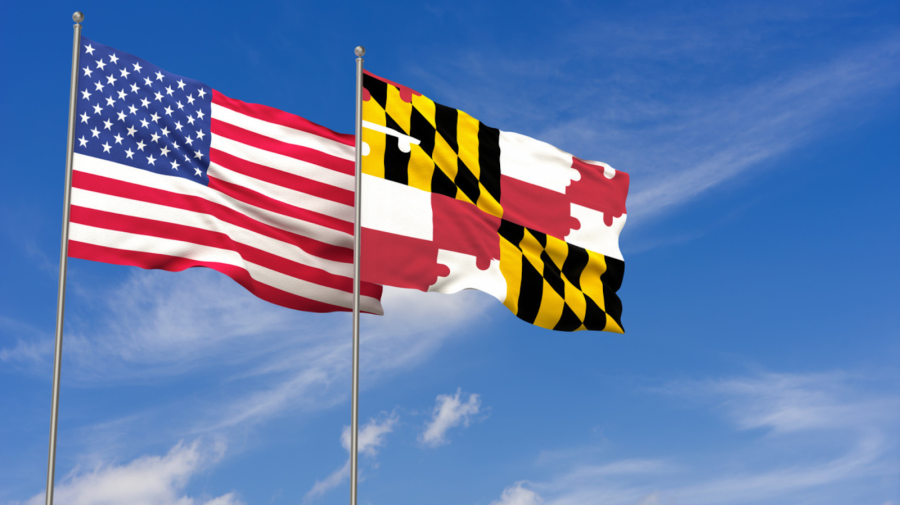
The American flag is often flown next to other flags, like state flags and flags of different companies and organizations. However, due to its prominence in the United States, the American flag should be hoisted above any other national or international flag. And yes, multiple flags can fly on the same pole, but the American flag should always be higher.
With the flags from other nations, the rules are a bit different. The American flag and other national flags should be of equal size. They should also be flown at the same height on separate flagstaffs.
The American Flag Should Be Taken Down in Bad Weather

The U.S. Flag Code states that the American flag should fly from sunrise to sunset on good weather days. However, in inclement weather, the flag should be taken down immediately to avoid damage.
There are “all-weather flags” that are designed to handle the effects of rain or snow. However, even these special flags can be damaged in severe storms. If the weather is truly bad enough, all American flags should be removed to avoid damage. This is also done out of respect for the flag and America.
There Are Specific Moments to Fly the American Flag at Half Staff
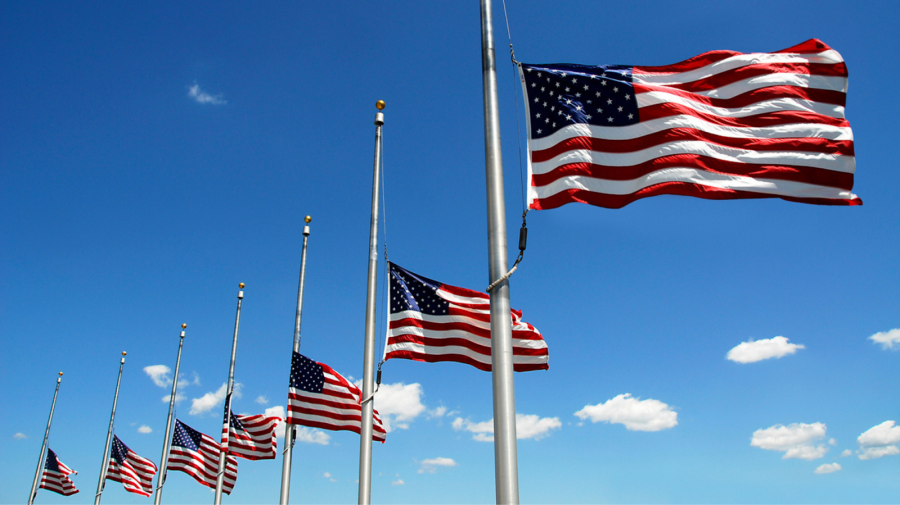
The American flag is flown at half staff across the country during times of loss and grief. Only the president, a state governor, or the mayor of Washington D.C. (the nation’s capital) can order flags to fly at half staff. This is typically done when a government official or military member passes away. The flag is also flown at half staff in times of national tragedies to honor victims that have been lost. Memorial Day is another day where the flag is flown at half staff as a national day of remembrance.
When a flag is flown at half staff, there is also a proper way that you should do it. You should first raise the flag fully before it is lowered to half staff. When the flag is taken down, it should then be fully raised again and then lowered.
The American Flag Must Be Lit at Night

Though the U.S. Flag Code mentions flying the American flag from sunrise to sunset, it is possible to fly it at night. However, to fly flags at night near buildings or monuments, there must be lights on nearby to allow the flags to be seen.
For those that fly their flags at home, if the flag can be seen clearly with street lights or house lights, then there is no issue. Another suggestion is using a solar flagpole light near the flag to keep it illuminated. If neither is done, the flag should be brought inside.
Keep the American Flag Off of the Ground
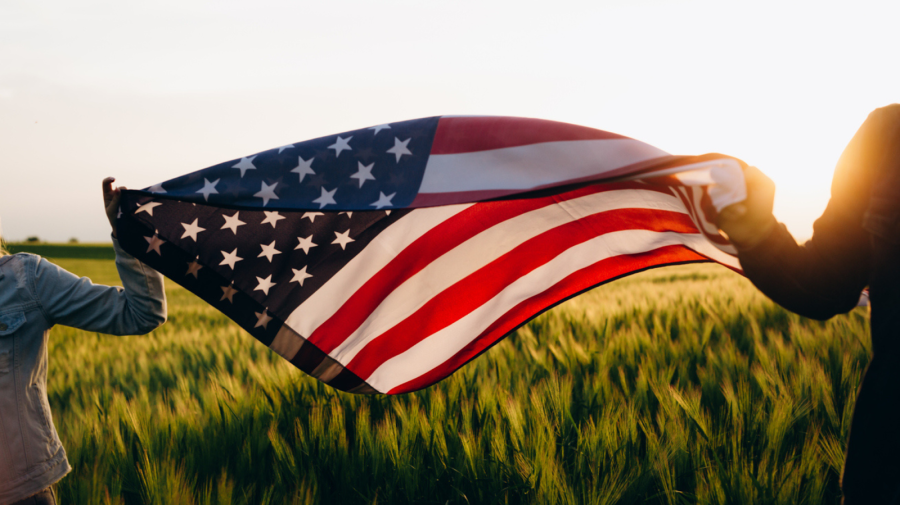
Another big rule with displaying the American flag is keeping it off the ground. Section 8 of the U.S. Flag Code clearly states that “the flag should never touch anything beneath it, such as the ground, the floor, water, or merchandise.” Of course, the American flag could get dirty and damaged by being on the ground. However, this rule was primarily designed as a sign of respect and honor for the flag and the country.
Some people believe that any flags that have touched the ground should be burned, but that is not the truth. While you should try your best to avoid letting the flag hit the ground, you don’t have to burn, destroy, or throw out the flag if it does. Conversely, if the flag is extremely dirty or damaged, it should be destroyed as it is no longer fit to fly.






